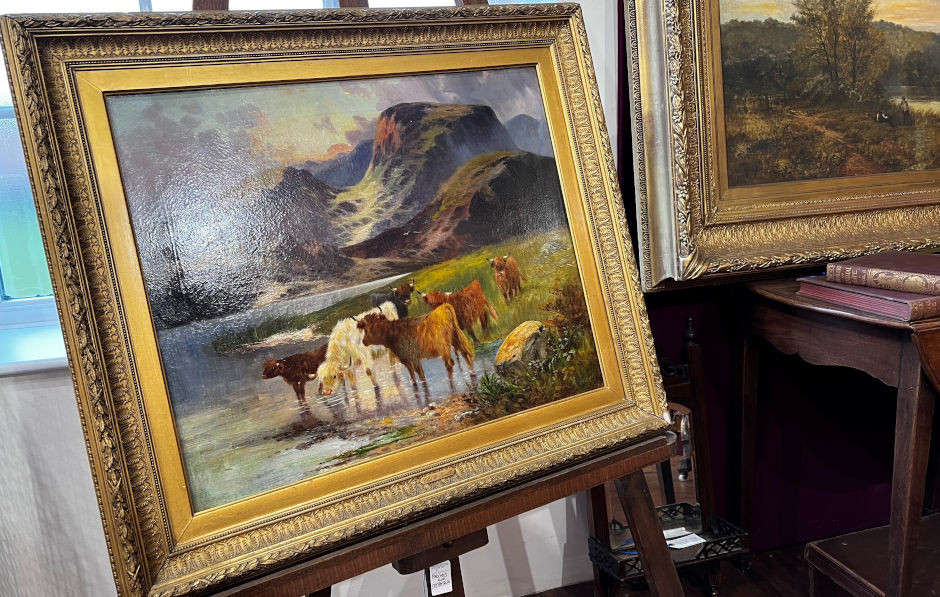
Investing in antique art for financial reward does not guarantee a good return on your money. In this guide we look at the pros and cons of investing in antique art.
Antique art as an investment
Experts agree that for the novice collector or the enthusiastic hobbyist, antique art does not represent a guaranteed profit and, unless you are a professional investor, to buy a piece of art based solely on this reason could lead to disappointment, as this may never happen. The best reason to buy a piece of antique art is simply because you love it. But why is this the general opinion? Here are the pros and cons of collecting antique art purely as an investment.
The pros of investing in antique art
It is a passion investment with collectors attaching an intrinsic value to their collections.
There is the potential for an excellent ROI (return on investment) but you need the time for your investment to gain in value, maintaining its condition in the meantime.
For the beginner collector, you don’t have to spend vast amounts of money – choose something you love and that you can live with because as a medium to long term investment, antique art will be with you a while and that will soon become unbearable if it is a piece you don’t enjoy.
Not being linked to the stock market means that antique art can appreciate when markets fall but nothing is guaranteed.
The cons of investing in antique art
It is a long-term investment with some artwork taking many decades to appreciate in value. While waiting, the piece of art won’t be earning any money or providing any income like other forms of investment such as property (rental income).
Any profit realised is purely dependent on demand which changes constantly – as fashions change and demand falls, so will the intrinsic value of the piece.
Art follows taste and to a certain degree, fashion. Great example of this is Victorian landscapes – good quality and attractive but do not suit today’s tastes. Supply and demand – value will drop if demand dries up.
Consider antique art a high risk investment as it is a fluctuating market that follows trends and art is very subjective – a great example of this is Victorian landscapes, of themselves fine examples that used to command high prices but that are now within reach of the new collector as tastes have changed.
Tips when buying antique art
View antique art as an investment in your own enjoyment and buy only what you love. Then while you wait for it to appreciate in value, you will be surrounded by beauty that you will not tire of. Buying for enjoyment means that you won’t be disheartened or disappointed if you do not make a profit.
Set a realistic budget and do not allow yourself to spend beyond it unless you can afford to take the risk. Buy the best piece you can afford and never buy damaged items or those that have been heavily restored.
Measure the artwork. Obvious as this sounds, it is something that can easily be overlooked and you may end up with artwork that will not fit in your home!
The novice collector can protect themselves by purchasing from members of BADA or LAPADA, the two major art and antiques associations and in this way, you will have a better chance of purchasing a piece with authenticated provenance.
Antique paintings at Hemswell Antique Centres
Many of our dealers in antique art are members of BADA or LAPADA so that buyers have the confidence that they are buying genuine pieces that have been sourced legitimately. We also have many years of experience in the shipping and handling of artwork so you can be assured that if you are unable to collect a piece in person, it will arrive with you in excellent condition. As you browse our paintings and prints online you will find something to suit every style and budget. With pieces starting from under £50, we have pieces of every genre, medium and time period.